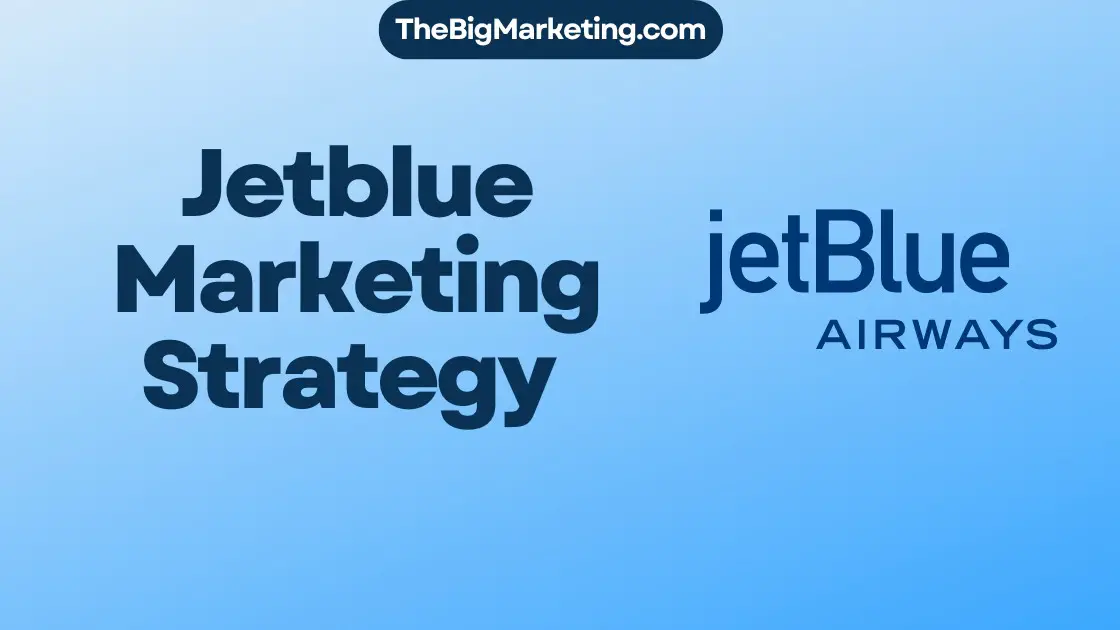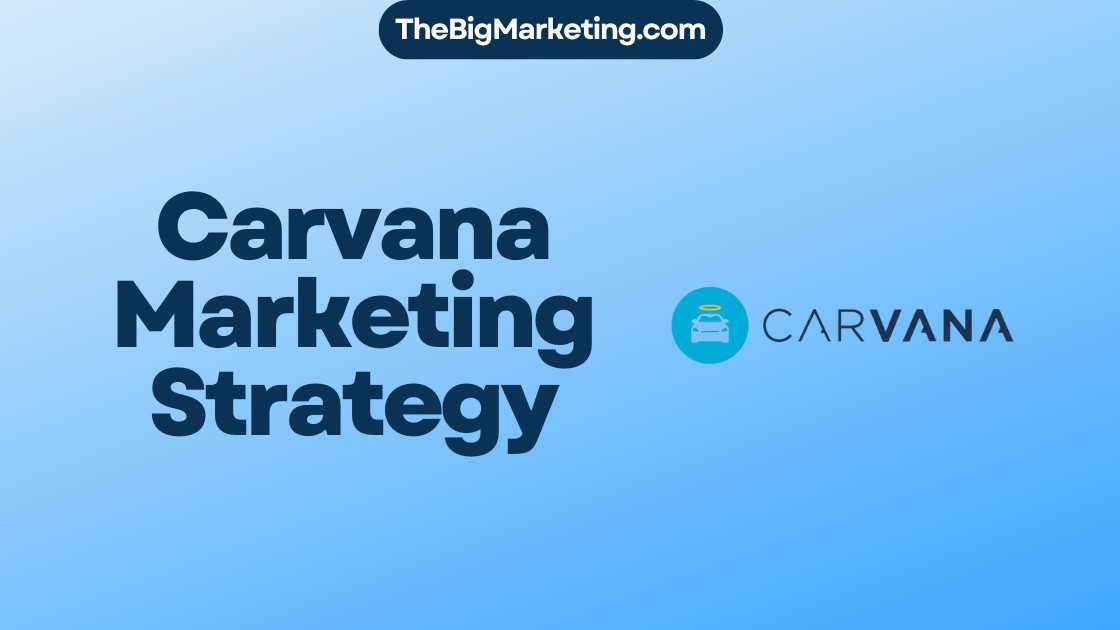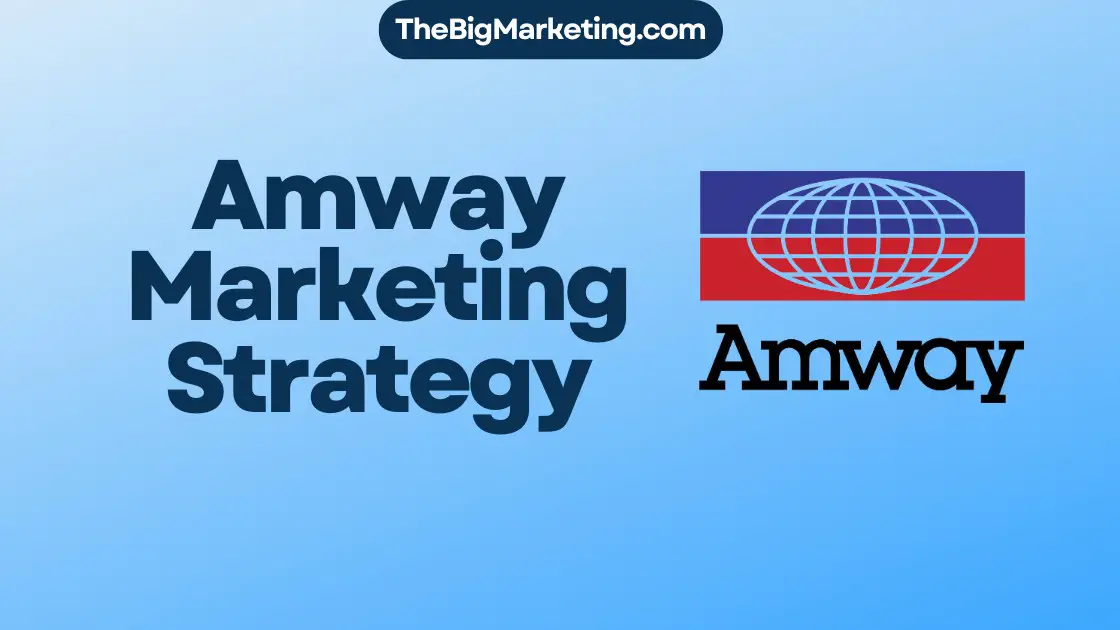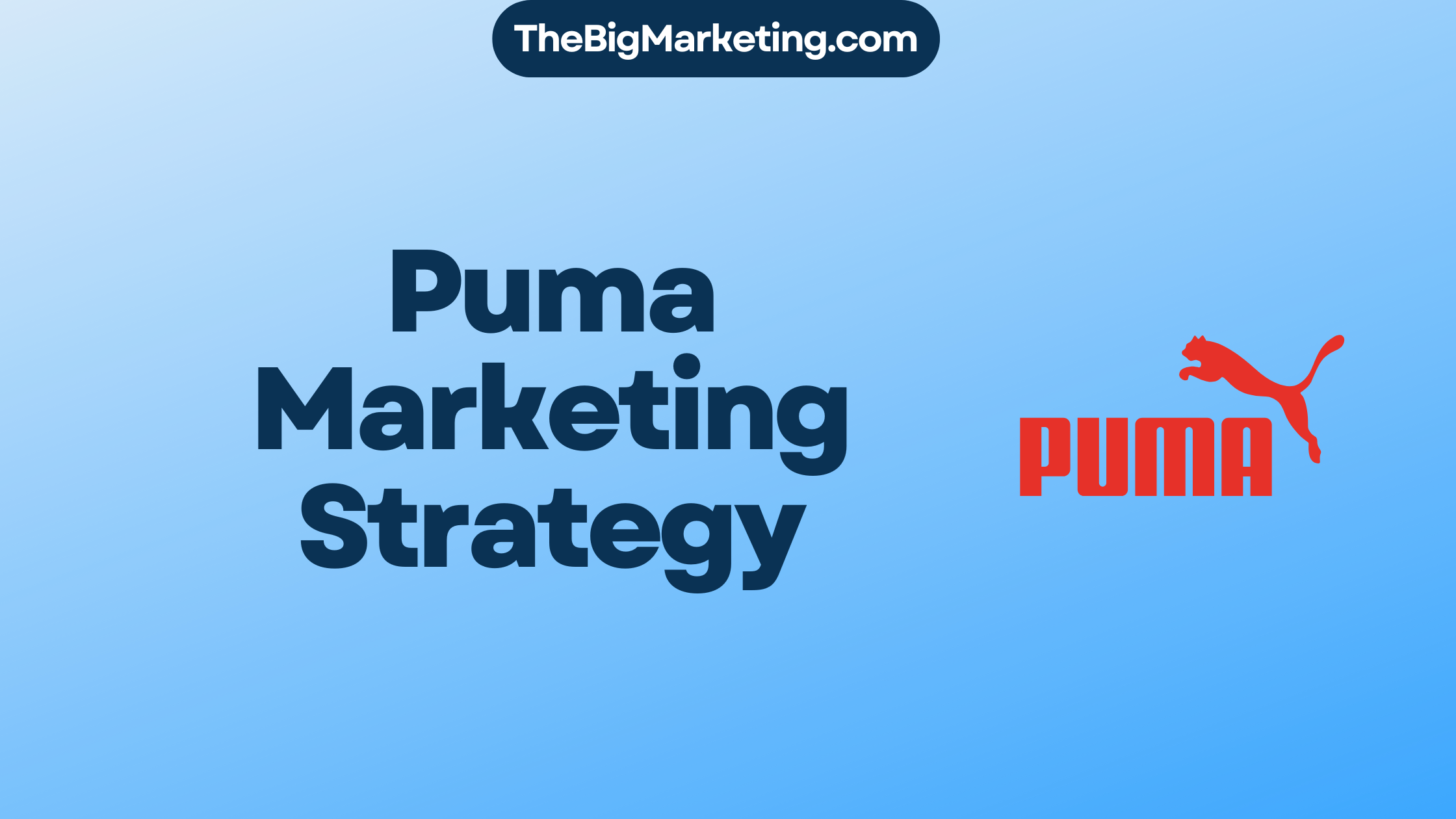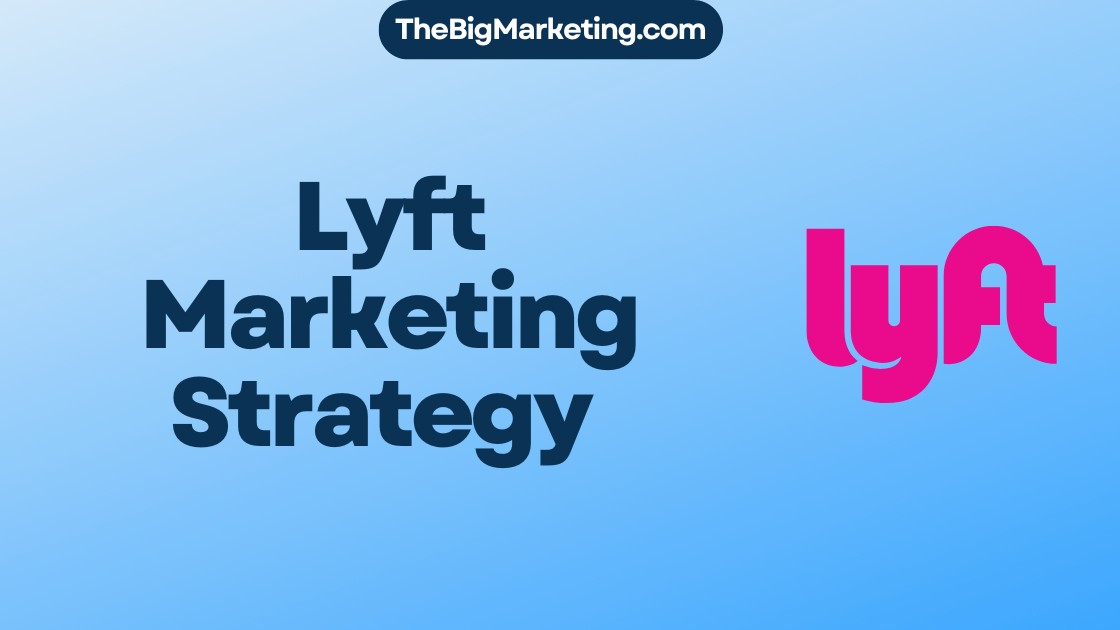Nonprofit organizations play a vital role in society, addressing a wide range of social issues and improving communities worldwide. To achieve their mission and make a lasting impact, charities need effective marketing strategies that engage donors, build brand awareness, and drive fundraising efforts. In this article, we will explore the key marketing strategies that nonprofits should consider in 2024 to maximize their impact and achieve their goals.
Key Takeaways:
- Craft a visionary marketing plan that aligns with the nonprofit’s mission and targets specific goals.
- Embrace the power of digital marketing to connect with supporters and raise awareness.
- Utilize storytelling as a powerful tool to engage and inspire donors.
- Make data-driven decisions by collecting and analyzing relevant data for better insights.
- Build strategic partnerships to expand reach and leverage resources for greater impact.
Crafting a Visionary Marketing Plan
To invigorate their organization and achieve meaningful impact, nonprofits need to start with a comprehensive marketing plan. This plan should serve as a roadmap for success, guiding every marketing decision and strategy. A visionary marketing plan encompasses various crucial elements that align with the nonprofit’s mission and goals, ensuring effective communication with the target audience and building a strong foundation for growth.
Clear Objectives and Mission Alignment
The first step in crafting a visionary marketing plan is to define clear objectives that serve as benchmarks for success. These objectives should directly align with the nonprofit’s mission and core values. Whether it’s increasing brand awareness, expanding the donor base, or enhancing community engagement, each objective should contribute to the overall vision of the organization.
Segmentation and Tailored Marketing Messages
Audience segmentation plays a vital role in developing tailored marketing messages that resonate with the target demographic. By understanding the unique needs, preferences, and motivations of different audience segments, nonprofits can create personalized content that fosters meaningful connections and drives engagement. Whether it’s through demographic, psychographic, or behavior-based segmentation, a tailored approach helps deliver relevant messaging that captivates the audience and drives action.
Content Strategy and Brand Awareness
A robust content strategy is essential for successful nonprofit marketing. By creating compelling and informative content, nonprofits can establish themselves as thought leaders and effectively showcase their impact. This includes utilizing various content formats such as blog posts, videos, infographics, and case studies. Through consistent and targeted content creation, nonprofits can enhance brand awareness, attract new supporters, and maintain strong relationships with existing stakeholders.
Strategic Budget Allocation
An integral part of the visionary marketing plan is strategic budget allocation. Nonprofits should carefully evaluate their marketing budget and allocate resources to initiatives that will have the greatest impact and drive desired outcomes. This includes investment in influencer marketing collaborations, paid advertising campaigns, digital platforms, and other channels that effectively reach the target audience. By optimizing budget allocation based on data and performance analysis, nonprofits ensure that resources are utilized efficiently to achieve maximum results.
Implementing a visionary marketing plan empowers nonprofits to establish a strong foundation for growth, strategically communicate their mission, and build a loyal and engaged supporter base. With a clear focus on the nonprofit’s objectives, targeted audience segmentation, compelling content strategy, and strategic budget allocation, organizations can unlock their full potential and create a lasting impact in their communities.
Embracing the Power of Digital Marketing
In today’s digital age, nonprofits must fully embrace the power of digital marketing to effectively connect with supporters and raise awareness. By harnessing the potential of various digital channels and strategies, nonprofits can expand their reach and make a significant impact in their communities.
Website Optimization
Website optimization plays a crucial role in enhancing a nonprofit’s online visibility and user experience. By optimizing the organization’s website, nonprofits can improve their search engine rankings, attract more organic traffic, and provide a seamless browsing experience to visitors. This includes optimizing website speed, ensuring mobile responsiveness, and implementing effective keywords and meta-tags.
Social Media Engagement
Social media platforms offer an excellent opportunity for nonprofits to engage and connect with their target audience. By establishing a strong presence on popular platforms such as Facebook, Twitter, Instagram, and LinkedIn, nonprofits can share their mission, engage in conversations, and build meaningful relationships with their followers.
Email Marketing
Email marketing remains a powerful tool for nonprofits to communicate and engage with their supporters. By implementing an effective email marketing strategy, nonprofits can nurture relationships, share updates, and drive donations. It is essential to personalize email messages, segment the audience, and provide valuable content that resonates with the recipients.
Paid Advertising Opportunities
Paid advertising can significantly amplify a nonprofit’s digital reach and impact. Nonprofits can take advantage of opportunities such as Google Ad Grants and Facebook advertising to promote their campaigns, attract new supporters, and increase online visibility. These platforms offer robust targeting options, allowing nonprofits to reach their desired audience effectively.
By fully embracing digital marketing strategies such as website optimization, social media engagement, email marketing, and paid advertising, nonprofits can effectively connect with supporters and raise awareness for their cause. The digital landscape presents a wealth of opportunities for nonprofits to make a significant impact and maximize their reach.
Utilizing Storytelling as a Powerful Tool
Storytelling is a potent tool that nonprofits can leverage to create emotional connections with their audience. By artfully crafting compelling narratives, nonprofits can capture the hearts and minds of individuals who resonate with their cause.
To enhance the impact of storytelling, incorporating visual elements such as photos and videos can bring the narratives to life. Visual storytelling adds a dynamic and immersive dimension that engages the audience on multiple levels.
Transparency and authenticity are key elements in effective storytelling for nonprofits. Being transparent about their mission, goals, and impact, and showing the real people and communities behind their work, builds trust and credibility with their supporters.
Authenticity is essential in forging meaningful connections with the audience. Nonprofits should strive to convey their stories in a genuine and relatable manner, emphasizing the human aspects and real-life experiences that make their cause so compelling.
Making Data-Driven Decisions
Data-driven decision-making is a critical component of effective marketing in 2024. By harnessing the power of data collection, analysis, and A/B testing, nonprofits can optimize their marketing strategies and achieve greater success.
To begin with, nonprofits should implement robust tools for data collection. This may include customer relationship management (CRM) systems, website analytics platforms, and social media monitoring tools. By collecting data on donor behavior, engagement levels, and campaign performance, organizations can gain valuable insights into their target audience and make more informed decisions.
Regularly analyzing the data collected is equally important. Nonprofits should examine key metrics such as conversion rates, click-through rates, and donor retention rates to identify trends and areas for improvement. By understanding what is working and what isn’t, organizations can refine their marketing efforts and allocate resources more effectively.
Benefits of A/B Testing
A/B testing is a powerful technique that allows nonprofits to compare different marketing strategies and determine which one yields better results. By conducting experiments with variations of emails, landing pages, calls-to-action, or other marketing elements, organizations can identify the most effective approach. This iterative process helps refine marketing strategies and improve overall performance.
For example, a nonprofit can test two different email subject lines to see which one generates a higher open rate. By analyzing the results, they can tweak their email marketing strategy and increase engagement with their audience.
Ultimately, data-driven decision-making empowers nonprofits to make strategic choices that are backed by evidence and insights. By incorporating data collection, analysis, and A/B testing into their marketing efforts, organizations can optimize their strategies, enhance audience engagement, and achieve their goals more effectively.
Building Strategic Partnerships
Collaborative partnerships can play a transformative role in nonprofit marketing. By joining forces with like-minded organizations, nonprofits can amplify their impact and reach new audiences. Building strategic partnerships is an effective way to leverage shared resources, expertise, and networks to achieve common goals.
To harness the power of collaborative partnerships, nonprofits should first identify potential partners that align with their values and mission. Look for organizations that have complementary objectives and a similar target audience. Establishing a strong foundation based on shared values will ensure a more successful partnership.
Once potential partners have been identified, nonprofits can explore opportunities for co-marketing campaigns or events. Collaborating on marketing initiatives allows organizations to combine their resources and expand their reach. By pooling resources, nonprofits can access new marketing channels, tap into each other’s networks, and attract a larger audience. This collaborative approach also fosters innovation and creativity, as partners bring diverse perspectives and ideas to the table.
An effective strategy for maximizing the impact of collaborative partnerships is to engage social media influencers or advocates. Influencers have the ability to reach a wide audience and can significantly boost visibility for nonprofits. By partnering with influencers who align with the nonprofit’s mission, organizations can tap into their engaged followers and leverage their influence to promote the cause. This strategy can lead to increased awareness, donor engagement, and support for the nonprofit’s initiatives.
Overall, building strategic partnerships is a valuable tactic in nonprofit marketing. By collaborating with like-minded organizations, nonprofits can harness their collective power to create meaningful change. These partnerships enable nonprofits to access new resources, expand their reach, and connect with diverse audiences. By leveraging the strengths and networks of each partner, organizations can achieve greater impact and advance their mission.
Benefits of Building Strategic Partnerships
By building collaborative partnerships, nonprofits can enjoy a range of benefits:
- Increased visibility and brand recognition
- Access to new marketing channels and audiences
- Opportunity to combine resources and share costs
- Expanded network and reach
- Enhanced creativity and innovation
- Growth in donor engagement and support
| Benefit | Description |
|---|---|
| Increased visibility and brand recognition | Strategic partnerships can expose nonprofits to new audiences and increase their visibility. By aligning with reputable organizations, nonprofits can enhance their brand recognition and credibility. |
| Access to new marketing channels and audiences | Collaborating with partners opens up new marketing channels and helps nonprofits tap into different target audiences. This expands their reach and allows them to connect with individuals who may not have been aware of their mission before. |
| Opportunity to combine resources and share costs | Partnerships enable nonprofits to pool resources and share costs, resulting in more effective and efficient marketing campaigns. This allows organizations to achieve greater impact with limited resources. |
| Expanded network and reach | Partnering with other organizations broadens the network and reach of nonprofits. This increased reach enables them to connect with diverse audiences, access new supporters, and forge valuable connections within the community. |
| Enhanced creativity and innovation | Collaborative partnerships encourage the exchange of ideas and perspectives, leading to more creative and innovative marketing campaigns. By drawing on each other’s strengths and expertise, partners can develop unique and impactful strategies. |
| Growth in donor engagement and support | Strategic partnerships often result in increased donor engagement and support. By leveraging the influence of partners and harnessing their networks, nonprofits can attract new donors and deepen relationships with existing supporters. |
Social Media Will Never Be the Same
Social media has become an integral part of our daily lives, and it continues to evolve rapidly. For nonprofits, leveraging these platforms effectively is key to connecting with their audience and driving engagement in 2024. By utilizing a range of social media channels, nonprofits can expand their reach and make a meaningful impact.
The Power of Instagram
Instagram is a visually-oriented platform that allows nonprofits to tell their story through captivating images and videos. With its broad user base and highly engaged audience, Instagram provides an excellent opportunity for nonprofits to raise awareness, showcase their impact, and connect with their supporters.
TikTok: Making an Impact in Seconds
TikTok has quickly become one of the most popular social media platforms, especially among younger audiences. Nonprofits can harness the power of TikTok’s short-form videos to convey their message in a creative and entertaining way. By leveraging viral challenges and collaborating with influencers, nonprofits can reach a wide audience and inspire action.
LinkedIn for Professional Networking
While often associated with job searching and professional networking, LinkedIn also offers unique opportunities for nonprofits. By sharing thought leadership content, engaging with industry professionals, and utilizing LinkedIn Groups, nonprofits can establish their authority and build valuable connections with potential donors and partners.
The Reach of Facebook
With its extensive user base and robust advertising capabilities, Facebook remains a valuable platform for nonprofits. Through targeted ad campaigns, nonprofits can reach specific demographics and raise awareness about their cause. Additionally, utilizing Facebook Live and Events can help nonprofits connect with supporters in real-time and foster a sense of community.
Engaging Conversations with Threads
Threads is an extension of Instagram that allows nonprofits to engage in private, focused conversations with their followers. This platform facilitates direct messages and encourages deeper connections with supporters, making it an ideal tool for personalized communication and relationship-building.
Visual Inspiration on Pinterest
Pinterest is a visually-oriented platform that enables nonprofits to curate collections of inspiring images and content. By creating boards that align with their mission and values, nonprofits can captivate their audience and drive engagement. Pinterest is particularly useful for showcasing tangible results and sharing success stories.
Harnessing the Power of SMS Marketing
SMS marketing is a highly effective and direct way for nonprofits to communicate with their supporters. By sending targeted text messages, nonprofits can share updates, invitations, and calls to action, ensuring that their message reaches their audience directly and elicits a prompt response.
| Social Media Platform | Benefits for Nonprofits |
|---|---|
| Visually impactful storytelling, broad reach, and engagement opportunities | |
| TikTok | Short-form videos, viral challenges, and access to a younger audience |
| Professional networking, thought leadership opportunities, and connection with industry professionals | |
| Extensive user base, robust advertising, real-time engagement with supporters | |
| Threads | Private and focused conversations, personalized communication with followers |
| Visual inspiration, showcasing results, and success stories | |
| SMS Marketing | Direct communication, prompt response, and targeted messaging |
Gen Z Approaches Their Thirties
As Generation Z approaches their thirties, nonprofits have an incredible opportunity to engage this socially conscious generation in charitable giving. With their unique perspectives and values, Generation Z is poised to make a significant impact on the philanthropic landscape. To capture their attention and support, nonprofits must ensure that their content is accessible and resonates with this socially conscious audience.
Generation Z is known for their commitment to social justice, environmental sustainability, and inclusivity. They are deeply concerned about the world’s challenges and are actively seeking ways to create positive change. Nonprofits can tap into this passion by aligning their mission and values with the causes that matter most to Generation Z.
The Power of Social Media
Social media plays a crucial role in the lives of Generation Z. This generation is highly connected and relies on social platforms to stay informed and engaged. Nonprofits should leverage social media channels such as Instagram, TikTok, and LinkedIn to reach Generation Z and share impactful stories that inspire action.
When crafting content for social media, it’s essential to consider content accessibility. Generation Z values diversity and inclusion, so nonprofits should prioritize creating accessible content that is easily consumable by individuals with disabilities. This can be done by providing alternative text for images and captions for videos.
Creating Authentic Connections
Generation Z is known for their ability to detect inauthenticity. They value transparency and authenticity in the organizations they support. Nonprofits should strive to build genuine connections with Generation Z by sharing authentic stories, being transparent about their impact, and actively involving them in their initiatives.
Educational and Engaging Content
To capture the attention of Generation Z, nonprofits should focus on creating educational and engaging content that provides value and resonates with their interests. This can include informative blog posts, interactive quizzes, or engaging videos that highlight the impact of their donations. By providing content that is accessible, engaging, and socially conscious, nonprofits can inspire Generation Z to become passionate supporters of their cause.
Digital Nonprofit Marketing Reigns Supreme
Despite the challenges brought by COVID-19, digital nonprofit marketing remains essential in 2024. In this digital age, nonprofits have incredible opportunities to reach new supporters and maximize their impact. By developing a strong digital marketing strategy, nonprofits can effectively engage millennials, provide convenient online giving options, balance in-person and digital engagement, and leverage memberships to cultivate long-term support.
Online giving options are a critical aspect of digital nonprofit marketing. This allows donors to contribute easily and conveniently, no matter where they are located. Nonprofits should optimize their websites and donation platforms to provide a seamless and user-friendly online giving experience. By simplifying the donation process, nonprofits can encourage increased giving and attract a broader audience of supporters.
Engaging millennials is another key focus for successful digital nonprofit marketing. As the largest living generation, millennials hold significant potential for nonprofits. To engage this tech-savvy generation, nonprofits must embrace digital channels such as social media and targeted online advertising. By crafting compelling and tailored marketing messages that resonate with millennials’ values and interests, nonprofits can build meaningful connections and inspire long-term support.
While digital marketing is crucial, nonprofits should also carefully balance in-person and digital engagement. While online platforms offer wide reach and convenience, face-to-face interactions can foster deeper relationships and loyalty. Nonprofits should consider hosting events, workshops, or volunteer opportunities that allow individuals to experience the organization’s mission firsthand. By combining in-person activities with digital touchpoints, nonprofits can create a holistic and engaging supporter journey.
Leveraging memberships is an effective way for nonprofits to create a sense of community and cultivate ongoing support. Offering exclusive benefits and content to members can incentivize individuals to become regular donors. Nonprofits can utilize email marketing and personalized communication to keep members informed and engaged, fostering a deeper connection and long-term commitment.
Comparing Online Giving Options and Membership Benefits
| Online Giving Options | Membership Benefits |
|---|---|
| Secure online donation platform | Access to exclusive events |
| Recurring donation options | Special discounts or promotions |
| Customizable donation amounts | Regular updates and impact reports |
| Integrated social sharing buttons | Recognition as a valued supporter |
Audience Segmentation for High-Performing Nonprofit Email Marketing
Effective email marketing is a key strategy for nonprofits in 2024. However, to maximize engagement and results, it is crucial to implement audience segmentation.
Audience segmentation involves dividing your email list into distinct groups based on specific criteria. By tailoring your messages to these segmented audiences, you can deliver more personalized and relevant content, increasing open rates, click-through rates, and overall engagement.
The Benefits of Audience Segmentation
Segmenting your email list allows you to:
- Deliver targeted messaging: By understanding the unique interests and needs of different segments, you can create tailored messages that resonate with each group.
- Increase response rates: When recipients receive personalized messages that speak to their specific interests, they are more likely to take action and engage with your organization.
- Improve conversion rates: By delivering relevant content to segmented audiences, you can guide them through the donor journey more effectively, leading to increased conversions and donations.
- Enhance donor satisfaction: Segmentation shows your supporters that you understand their individuality and value their preferences. This personalized approach can deepen their connection to your cause and foster long-term loyalty.
Implementing audience segmentation requires careful planning and data analysis. Start by identifying key characteristics or behaviors that differentiate your supporters, such as donation history, volunteer activities, or engagement levels. Once you have defined your segments, craft targeted messages that address their specific interests and motivations.
An Example of Audience Segmentation
Let’s consider an example of audience segmentation for a nonprofit organization focused on environmental conservation:
| Segment | Description | Message |
|---|---|---|
| Donors | Individuals who have made monetary donations in the past | Highlight the impact of their previous donations and provide opportunities for sustained giving. |
| Volunteers | Individuals who have participated in volunteer activities | Thank them for their dedicated service and invite them to upcoming volunteer events. |
| Advocates | Individuals who have actively shared the organization’s messages on social media | Recognize their advocacy efforts and encourage them to continue spreading the word. |
By customizing messages for each segment, the organization can establish stronger connections and foster deeper engagement with its supporters.
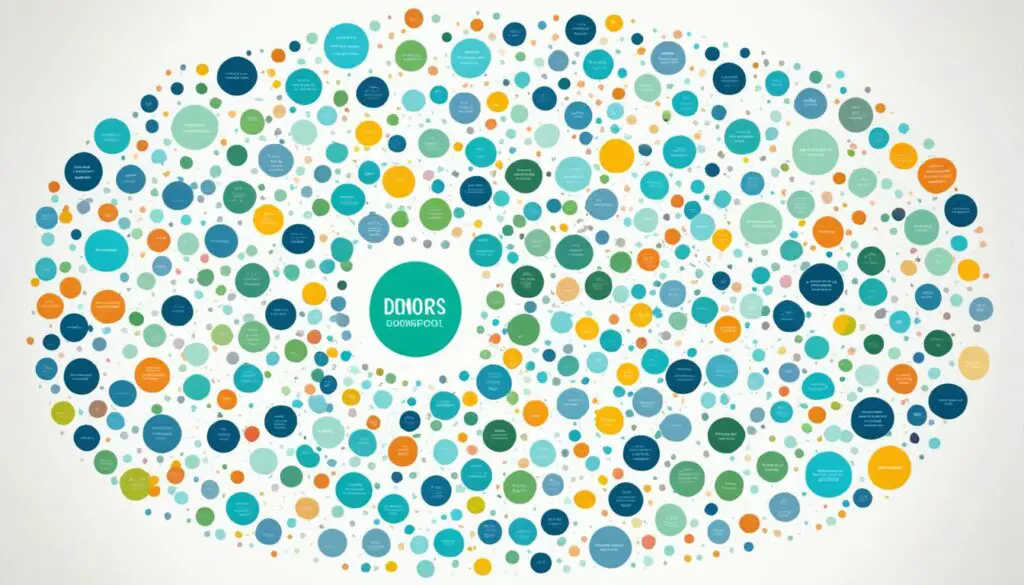
Effective audience segmentation can significantly improve the success of your nonprofit’s email marketing efforts in 2024. By delivering personalized messages to targeted segments, you can enhance engagement, cultivate stronger relationships with your supporters, and drive impactful results for your cause.
Conclusion
In conclusion, implementing effective marketing strategies is essential for nonprofits in 2024. By crafting a visionary marketing plan, embracing digital marketing, utilizing storytelling, making data-driven decisions, and building strategic partnerships, nonprofits can drive impactful philanthropic results.
A key aspect of successful nonprofit marketing is crafting a visionary marketing plan that aligns with the organization’s mission. This includes setting clear objectives, segmenting the target audience, developing a content strategy, and allocating the marketing budget wisely.
Furthermore, digital marketing has become increasingly vital for nonprofits, providing opportunities to connect with supporters and raise awareness. Optimizing websites, engaging with the audience on social media platforms, implementing email marketing strategies, and utilizing paid advertising can help nonprofits reach their goals.
Storytelling is a powerful tool that nonprofits can leverage to connect with their audience on an emotional level. By developing compelling narratives, incorporating visual elements, and being transparent and authentic, nonprofits can create a deep impact and inspire action.
To make informed decisions, nonprofits should prioritize data collection, analysis, and A/B testing. This data-driven approach helps identify trends, improves marketing strategies, and maximizes resources for better results.
Lastly, building strategic partnerships is a key aspect of nonprofit marketing. Collaborating with like-minded organizations, conducting co-marketing campaigns or events, and leveraging social media influencers can boost visibility and extend reach.
By implementing these marketing strategies, staying on top of nonprofit marketing trends, and adapting to emerging changes, nonprofits can enhance their impact, engage donors more effectively, and make significant strides in their philanthropic endeavors.
FAQ
What should be included in a comprehensive marketing plan for nonprofits?
A comprehensive marketing plan for nonprofits should include clear objectives aligned with the nonprofit’s mission, segmentation of the target audience, development of a content strategy, and wise allocation of the marketing budget.
How can nonprofits embrace digital marketing to connect with supporters?
Nonprofits can embrace digital marketing by optimizing their website, engaging with the audience on social media platforms, implementing an email marketing strategy, and utilizing paid advertising opportunities such as Google Ad Grants and Facebook ads.
How can storytelling be used by nonprofits as a powerful tool?
Nonprofits can use storytelling as a powerful tool by developing compelling narratives, incorporating visual elements such as photos and videos, and being transparent and authentic in their storytelling.
Why is data-driven decision-making crucial for nonprofit marketing?
Data-driven decision-making is crucial for nonprofit marketing as it allows organizations to collect data, analyze trends, identify areas for improvement, and conduct A/B testing on different marketing strategies.
How can nonprofits build strategic partnerships?
Nonprofits can build strategic partnerships by identifying potential partners that share their values and mission, collaborating on co-marketing campaigns or events, and leveraging social media influencers or advocates.
Which social media channels should nonprofits utilize in 2024?
Nonprofits should consider utilizing Instagram, TikTok, LinkedIn, Facebook, Threads, Pinterest, and SMS marketing to effectively connect with their audience.
How can nonprofits engage Generation Z in charitable giving?
Nonprofits can engage Generation Z in charitable giving by ensuring that their content is accessible and resonates with this socially conscious generation.
How can nonprofits adapt their marketing approach in the digital age?
Despite the challenges brought by COVID-19, nonprofits should focus on making online donations easy, engaging millennials, balancing in-person and digital engagement, and leveraging memberships.
How can nonprofits optimize their email marketing strategy?
Nonprofits can optimize their email marketing strategy by segmenting their email lists and sending personalized messages for better engagement and results.

